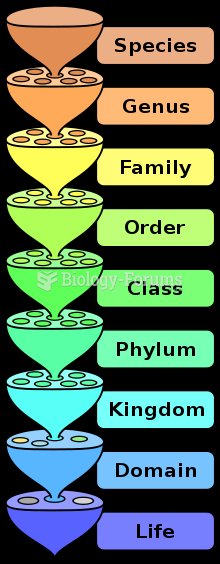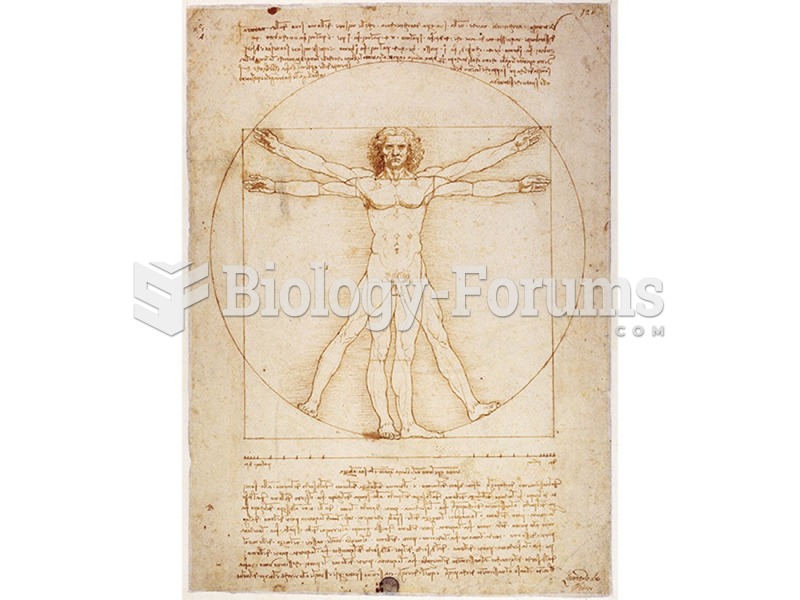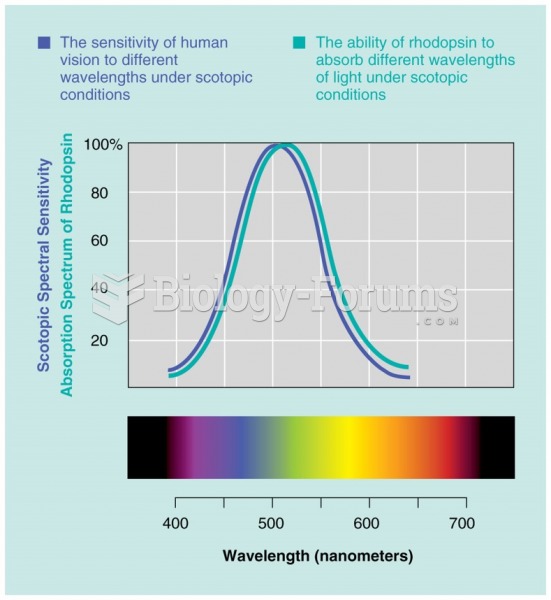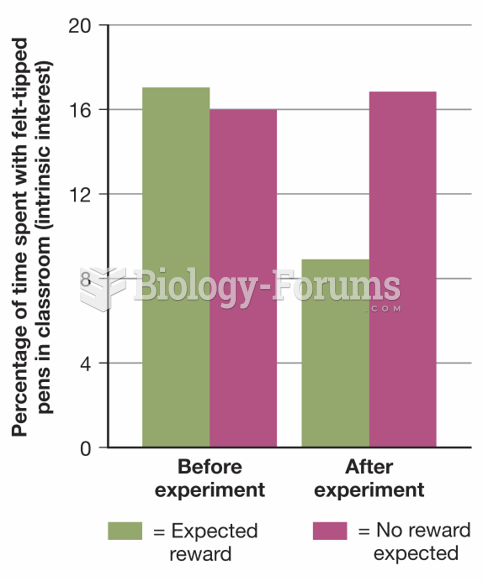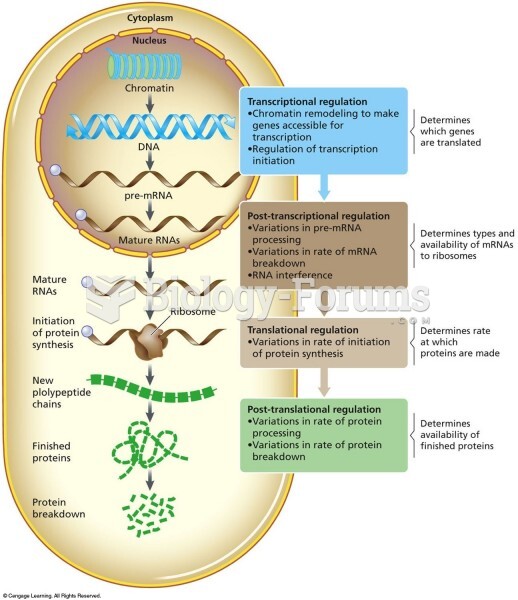Answer to Question 1
Feedback: Societies are transformed with each surge in invention and technological growth. (1) The Neolithic agricultural revolution began in about 8000 BC, marking the transition from nomadic pastoral life of hunting and gathering, to life in settlements based on agriculture. During this phase of human existence, new tools were created and used; animals were domesticated; language, numbers, and other symbols became more sophisticated; and mining and metalworking were developed. (2) The Industrial Revolution, began in Great Britain in the 1780s. With the application of steam power and later oil and electricity as energy sources for industry, mining, manufacturing, and transportation came fundamental changes to the economy, the nature of work, family organization, and a transition from rural to urban life. (3) The United States is now in the midst of a new transformation, one fueled by new technologies and applications. The amazing scientific breakthroughs have had and will continue to have immense implications for commerce, international trade, global politics, and, at the individual level, work opportunities, pay, and benefits.
Answer to Question 2
Feedback: During the last century, the birthrate in the United States fell (except for the baby boom after World War II, now reaching retirement age). At the same time, Americans have greater longevity because of advances in medical technology and nutrition. Life expectancy for Americans in 2012 was nearly twice what it was 1900. The result is an increasingly aging population. Women live longer than men, and elderly women are much more likely to be poor than elderly men; isolation and poverty are both problems for elderly women. Elderly Latinos and African Americans are also more likely to be poor than elderly Whites.


